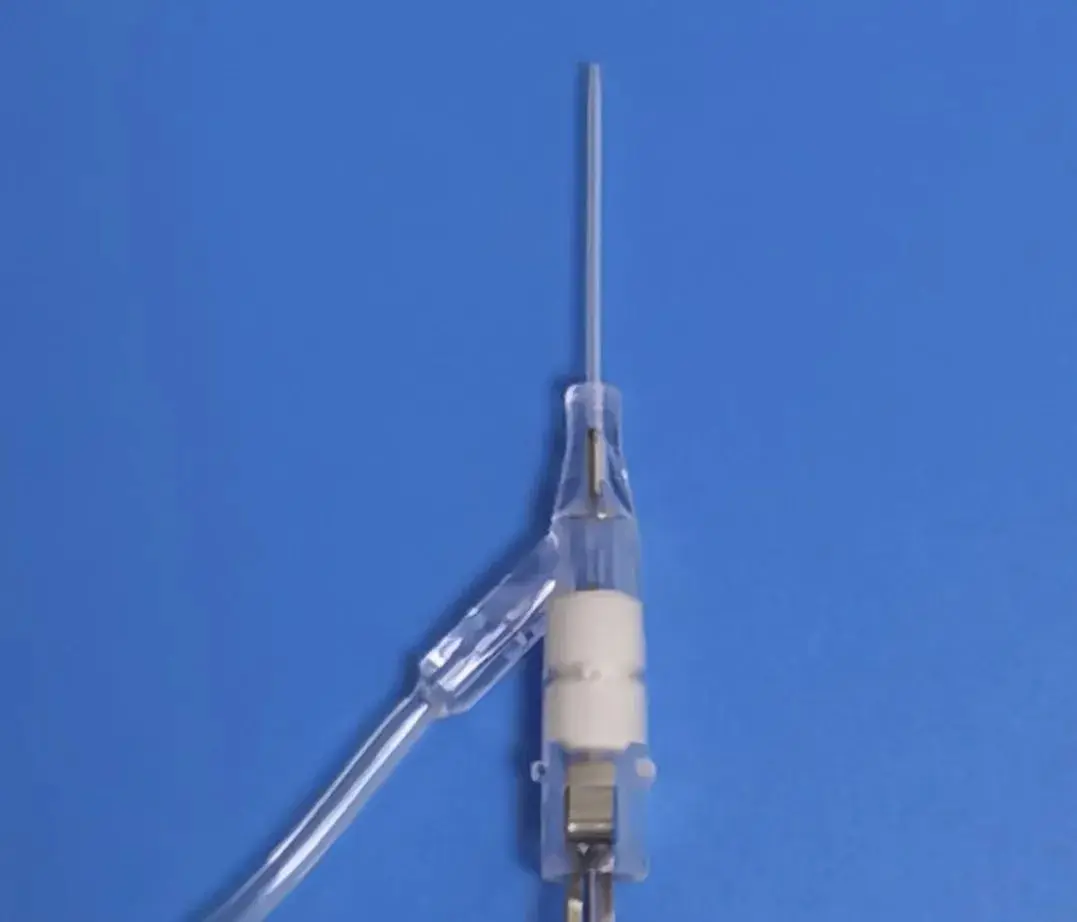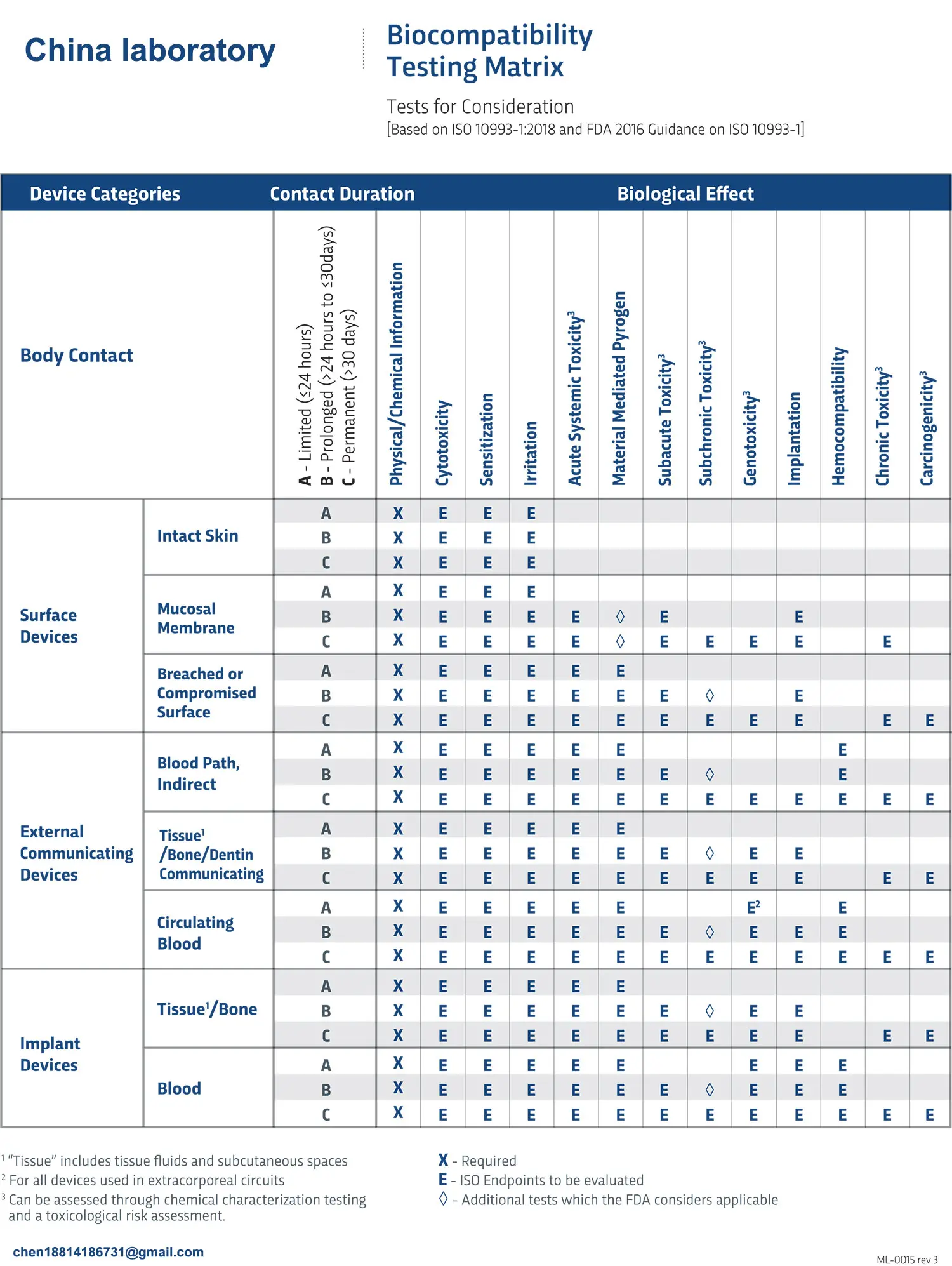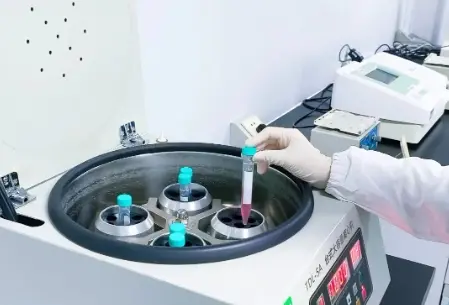
How to Get for an IEC Test Report?
Introduction to the IEC Report
The International Electrotechnical Commission (IEC) is a global standardization organization composed of national electrotechnical committees. The IEC report is an international safety testing report presented in a standardized format, listing the requirements of relevant IEC standards in a checklist format. The report includes all tests, measurements, verifications, inspections, and evaluation results in a clear and unambiguous manner. It also contains photos, national deviations, clause determinations, and product descriptions. Since the testing standards are internationally recognized, IEC reports do not require factory inspections.

Importance of the IEC Report
Certification bodies in IEC member countries test the safety performance of electrical products based on IEC standards. If the test results meet the requirements, an IEC test report is issued, which is mutually recognized among IEC member countries. This significantly reduces international trade barriers caused by different certification or approval requirements in various countries.
Obtaining an IEC report confirms that a product complies with IEC standards, increasing its competitiveness in global markets. Additionally, an IEC report can be used to apply for CB reports, CE reports, GS reports, saa certification, and pre-shipment inspections for Middle Eastern and African countries.
Scope of IEC Report Certification
IEC standards cover various electrical and electronic fields, including:
- Electrical equipment
- Electric motors
- Electronics
- Power systems
- Microelectronics
- Telecommunications
- Audio-visual devices
- Robotics
- Information technology
- Advanced medical devices
- Nuclear instrumentation
Common IEC Standards
- IT Power Supplies & Products: IEC 62368-1, IEC 60950-1 (Safety), IEC 61000-3-2, IEC 61000-3-3 (EMC)
- AV Power Supplies & Products: IEC 62368-1, IEC 60065 (Safety), IEC 61000-3-2, IEC 61000-3-3 (EMC)
- Lighting Products: IEC 60598-1, IEC 60598-2-XX (Safety), IEC 61547, IEC 61000-3-2, IEC 61000-3-3 (EMC)
- Battery Products: IEC 62133, IEC 60086, IEC 61960, IEC 62660, IEC 62619, IEC 62620 (Safety), IEEE Standards (EMC)
- Electric Vehicles: IEC 15194, IEC 17128 (Safety), IEEE Standards (EMC)
- Wireless Products: IEC 62368-1 (Safety), IEEE Standards (EMC)
- Household Appliances: IEC 60335-1, IEC 60335-2-29 (Safety), IEC 61000-3-2, IEC 61000-3-3 (EMC)
- Medical Products: IEC 60601-1 (Safety), IEC 61000-6-2, IEC 61000-3-2, IEC 61000-3-3 (EMC)
Common IEC Testing Items
- Basic Requirements: Component structure, labeling, instructions, energy classification, safety protection, explosion risks.
- Electrical Hazards: Protection against energy sources, insulation materials, and safety components.
- Fire Hazards from Electrical Sources: Power source classification, ignition source control, fire safety, internal and external wiring.
- Hazards from Hazardous Substances: Testing for potentially harmful materials.
- Mechanical Hazards: Ensuring mechanical safety and preventing injuries.
- Thermal Burns: Protection against burns from heat exposure.
- Radiation Hazards: Radiation source classification, laser safety, acoustic energy protection.
IEC Report Application Process
Step 1: Provide a Sample
Submit a sample of the product for testing.
Step 2: Fill Out the Application Form
Complete and submit the required application documents.
Step 3: Provide Necessary Product Documents
This includes:
- Product manual
- Product model list (including series models)
- List of key components and their certifications
- Product photos
- Product nameplate details
Step 4: Sample Testing & Report Issuance
- If the sample passes testing, the IEC report is issued.
- If the sample fails testing, corrective actions must be taken, and the product must undergo retesting before the final report is issued.
Important Note:
When applying for IEC certification, it is essential to specify the target countries to be included in the report. This ensures that national deviations are considered during testing.
Email:hello@jjrlab.com
Write your message here and send it to us
 Toothbrush FDA Certification Testing
Toothbrush FDA Certification Testing
 Snoring Device FDA 510k Standard Testing
Snoring Device FDA 510k Standard Testing
 Single Use Intravenous Catheter Certification Test
Single Use Intravenous Catheter Certification Test
 Silicone Material Product Compliance Certification
Silicone Material Product Compliance Certification
 What to Do If Cytotoxicity Test Results Are Positi
What to Do If Cytotoxicity Test Results Are Positi
 ISO 10993:5 Cytotoxicity Testing Methods
ISO 10993:5 Cytotoxicity Testing Methods
 FDA ISO 10993-1 Biocompatibility Evaluation Guidel
FDA ISO 10993-1 Biocompatibility Evaluation Guidel
 In Vitro Cytotoxicity Testing for Medical Devices
In Vitro Cytotoxicity Testing for Medical Devices
Leave us a message
24-hour online customer service at any time to respond, so that you worry!




